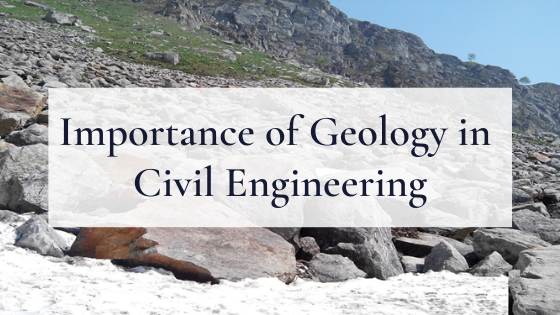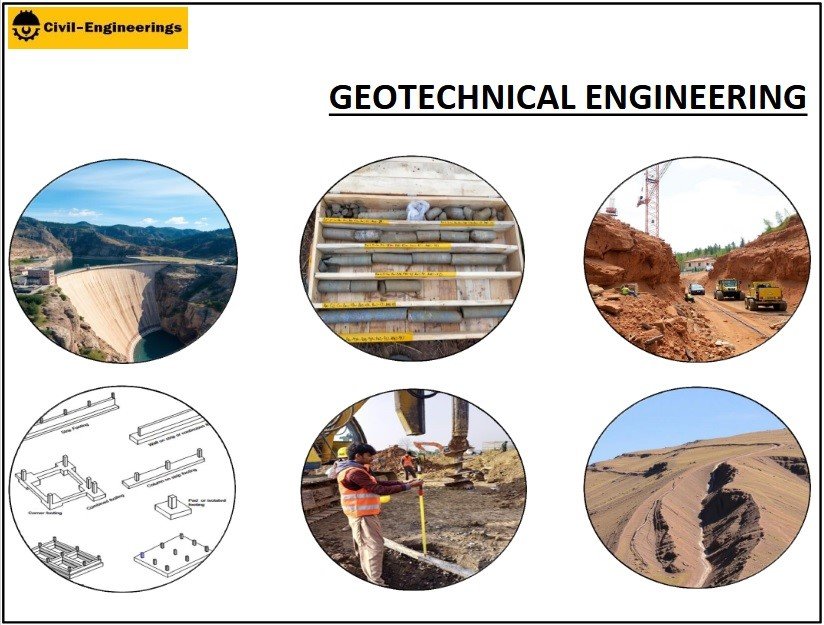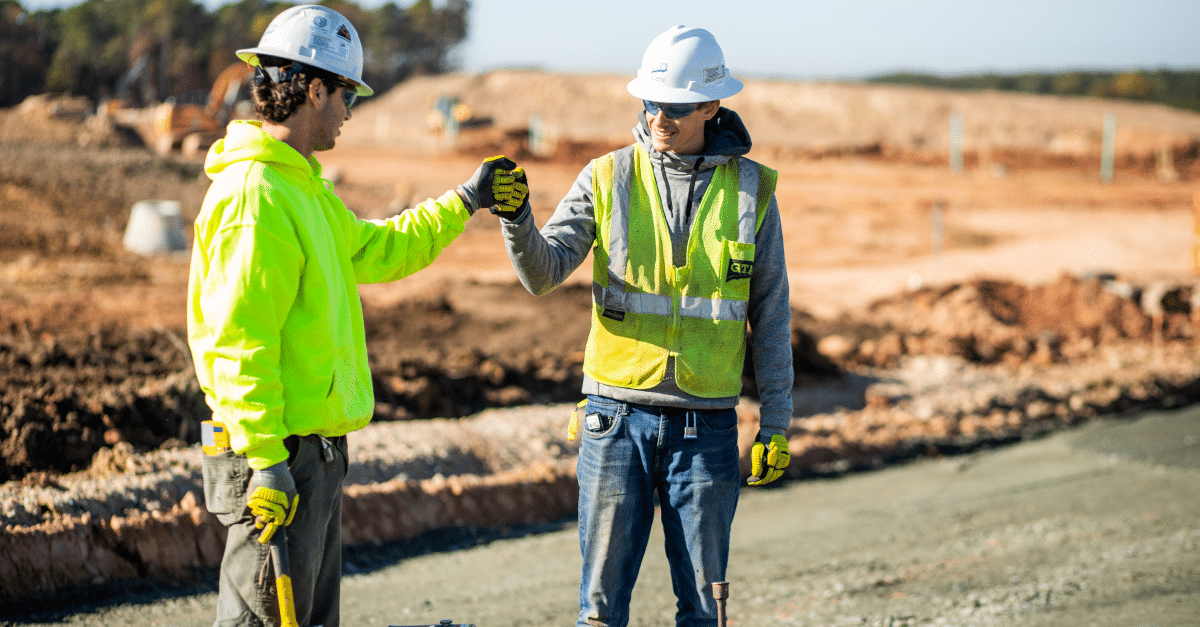The Buzz on Geotechnical Engineering For Construction Projects
Getting My Geotechnical Engineering For Construction Projects To Work
Table of ContentsThe Of Geotechnical Engineering For Construction ProjectsWhat Does Geotechnical Engineering For Construction Projects Mean?Little Known Facts About Geotechnical Engineering For Construction Projects.Geotechnical Engineering For Construction Projects Fundamentals ExplainedGeotechnical Engineering For Construction Projects for BeginnersGeotechnical Engineering For Construction Projects Things To Know Before You Buy
These features must be analyzed by geotechnical designers to anticipate their movements under different situations., making this evaluation required., in addition to just how they interact with buildings that have actually been erected on or within them, is one of the primary explanations for why geotechnical engineering is crucial.
In addition to architectural preparation and building and construction, geotechnical design is additionally vital to the restoration and upkeep of pre-existing frameworks. Age-related degradation or extra issues can impact a framework's stability and efficiency. Ecological defense is completed via geotechnical engineering. Experience in air, water, and soil top quality maintenance is placed to make use of by geotechnical engineers to minimize the negative results of tasks.
Facilities advancement, offshore engineering, tunnel building and construction, and deep structures. Risk-based design and multidisciplinary teams. These parts will certainly keep the area advancing and ensure its ongoing significance in the years to find. To sum up, geotechnical engineering is a crucial technique that preserves the strength and integrity of civil infrastructure. Geotechnical engineers add to making building tasks effective all over the world by comprehending the practices of planet materials and applying proper preparation strategies.
What Does Geotechnical Engineering For Construction Projects Do?
The fundamental security of any type of task is important. Geotechnical engineering plays an essential duty in guaranteeing that structures are constructed on strong ground, actually and figuratively. By checking out soil, rock, and subsurface problems, geotechnical engineers give crucial understandings that help in the design, building and construction, and maintenance of structures and framework.

Some Ideas on Geotechnical Engineering For Construction Projects You Should Know
Research laboratory testing: Determining the buildings of dirt and rock. Field screening: Conducting examinations on-site to assess conditions. Analysis and layout: Using information to design foundations, keeping wall surfaces, passages, and other frameworks. A number of high-profile building projects have actually successfully made use of geotechnical engineering to ensure their security and safety. As an example:: The globe's highest structure called for a deep understanding of the underlying geology.

As a leader in geotechnical design, BECC Inc. is committed to providing ingenious and reliable solutions that fulfill the highest possible standards of quality and safety and security. To find out more on how BECC Inc. can sustain your next building and construction project, contact us today and allow us aid you develop on solid ground.
William Rankine, an engineer and physicist, created an alternate to Coulomb's planet pressure theory. Albert Atterberg created the clay uniformity indices that are still utilized today for dirt classification. In 1885, Osborne Reynolds recognized that shearing reasons volumetric extension of dense materials and contraction of loose granular materials. Modern geotechnical design is claimed to have started in 1925 with the magazine of Erdbaumechanik by Karl von Terzaghi, a mechanical engineer and rock hound.
8 Simple Techniques For Geotechnical Engineering For Construction Projects
Terzaghi also developed the structure for concepts of bearing capability of structures, and the theory for forecast of the rate of settlement of clay layers as a result of combination. Later on, Maurice Biot completely established the three-dimensional soil debt consolidation theory, expanding the one-dimensional model previously developed by Terzaghi to much more general theories and presenting the collection of hop over to these guys standard equations of Poroelasticity.
Geotechnical engineers explore and identify the residential or commercial properties of subsurface conditions and materials.
Geotechnical Engineering For Construction Projects Can Be Fun For Everyone
Geologic mapping and interpretation of geomorphology are usually finished in examination with a geologist or design geologist. Subsurface exploration typically entails in-situ testing (as an example, the typical infiltration examination and cone infiltration examination). The excavating of examination pits and trenching (specifically for locating faults and slide airplanes) might additionally be used to discover dirt conditions at deepness. , which makes use of a thick-walled split spoon sampler, is the most usual method to accumulate disturbed samples.

If the interface in between the mass and the base of a slope has a complicated geometry, slope security evaluation is hard and numerical service methods are called for. Typically, the user interface's exact pop over here geometry is unidentified, and a streamlined interface geometry is thought. Limited slopes require three-dimensional designs to be evaluated, so most inclines are analyzed presuming that they are infinitely vast and can be represented by two-dimensional versions.
The Best Strategy To Use For Geotechnical Engineering For Construction Projects
The observational approach might be referred to as complies with: General exploration sufficient to develop the harsh nature, pattern, and residential or commercial properties of deposits. Evaluation of the most possible conditions and the most negative conceivable deviations. Creating the design based on a functioning hypothesis of actions anticipated under one of the most potential conditions. Selection of quantities to be observed as construction profits and determining their expected values based upon the working theory under the visit the website most negative problems.
Measurement of amounts and examination of real conditions. Style modification per real problems The observational approach appropriates for building that has currently begun when an unanticipated advancement happens or when a failure or crash looms or has actually currently happened. It is unsuitable for tasks whose style can not be changed during construction.